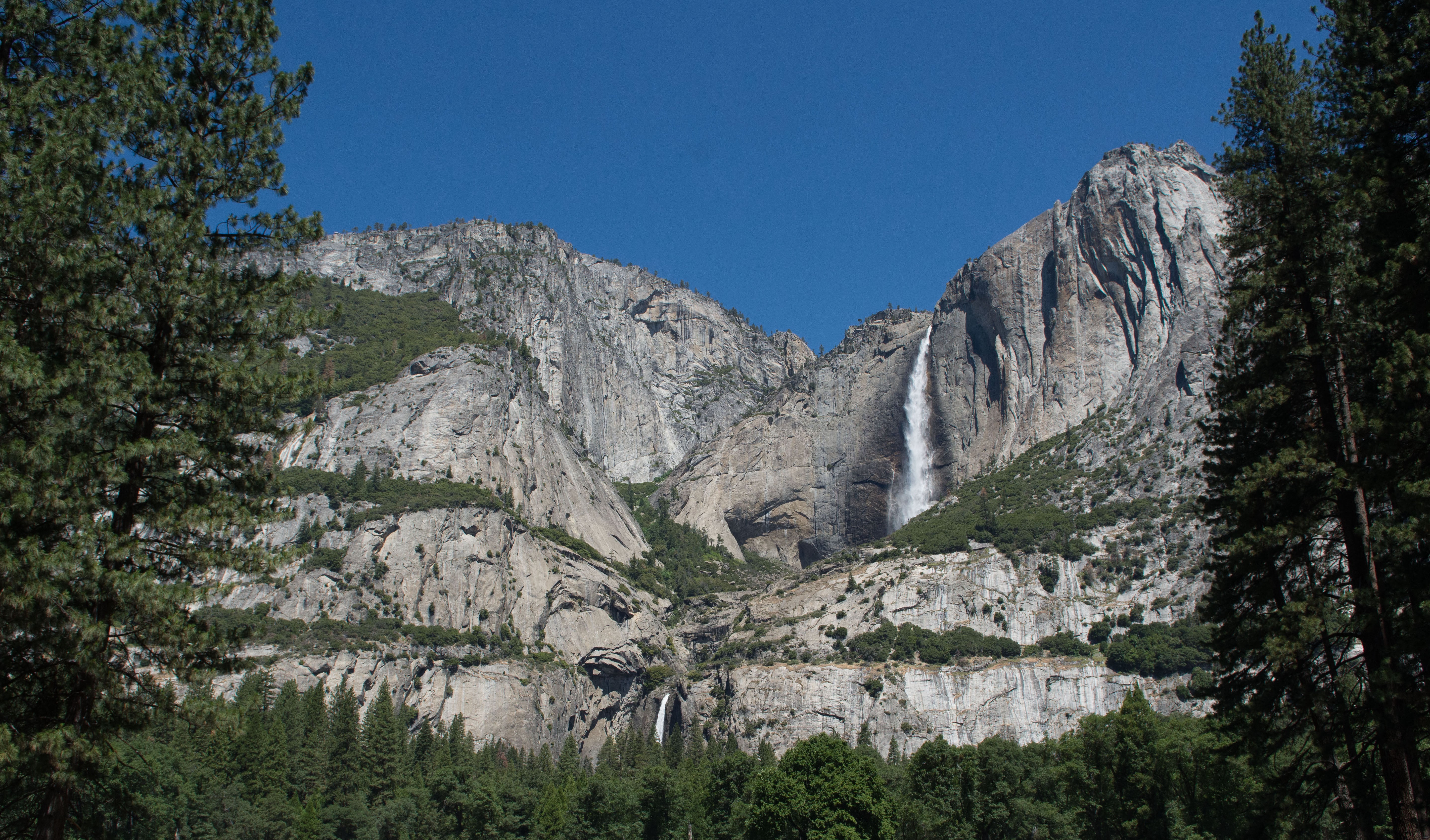Yosemite makes ‘alarming’ list of forests that have flipped from carbon sinks to emitters
Yosemite generated a net of approximately 700,000 tonnes of carbon over the past 20 years, according to report

Your support helps us to tell the story
From reproductive rights to climate change to Big Tech, The Independent is on the ground when the story is developing. Whether it's investigating the financials of Elon Musk's pro-Trump PAC or producing our latest documentary, 'The A Word', which shines a light on the American women fighting for reproductive rights, we know how important it is to parse out the facts from the messaging.
At such a critical moment in US history, we need reporters on the ground. Your donation allows us to keep sending journalists to speak to both sides of the story.
The Independent is trusted by Americans across the entire political spectrum. And unlike many other quality news outlets, we choose not to lock Americans out of our reporting and analysis with paywalls. We believe quality journalism should be available to everyone, paid for by those who can afford it.
Your support makes all the difference.Yosemite National Park is on Unesco’s new report that lists areas of natural beauty that have switched from carbon sinks to emitters.
The beloved California park came in third place on a list of 10 forests that now contribute net carbon sources in The World Heritage Forests Carbon Sinks Under Pressure report, published by Unesco and authored by Tales Carvalho Resende, David Gibbs, Nancy Harris and Elena Osipova.
These emissions are a result of human activities, global heating, plus extreme weather conditions, like wildfires. “Unprecedented wildfires fuelled by climate change cause emissions to spike,” states the report. While, destructive agricultural practices, such as livestock grazing, have also contributed greatly to forest emissions.
Yosemite generated a net of approximately 700,000 tonnes of carbon over the past 20 years, according to the report. The park features on the list with other highly prized UNESCO World Heritage protected sites, including the Rio Platano Biosphere Reserve in Honduras, which came in second place on the list, and the Tropical Rainforest Heritage of Sumatra, which got first place on the list. Grand Canyon National Park was ranked eighth on the list.
The findings provide “evidence of the severity of this climate emergency”, states co-author Resende, who says that the fact “even some of the most iconic and best-protected forests, such as those found in World Heritage sites, can actually contribute to climate change is alarming”.
The 257 World Heritage Forests did, however, play an important role in mitigating climate change, the report states. Together, covering an area of 266,410 square miles, they absorbed a staggering 190 million tonnes of CO2 from the atmosphere – around half the UK’s annual carbon emissions.
But the carbon created in these areas over two decades is in the region of 13 billion tonnes, which the UN claims is “more than the carbon in Kuwait’s proven oil reserves”.
Other forests on the list include Waterton Glacier International Peace Park in Canada and the US; the Barberton Makhonjwa Mountains, in South Africa; Kinabalu Park, in Malaysia; the Greater Blue Mountains Area, in Australia; and Morne Trois Pitons National Park, in Dominica.
The report comes following the news that the Amazon rainforest is now emitting more CO2 than it absorbs. The world’s largest tropical rainforest’s emissions amount to roughly a billion tonnes of CO2 per year, adding to the acceleration of the climate crisis. Fires and agriculture contribute to these emissions.
Climate activists have issued stark warnings on the state of the Amazon rainforest. Indigenous leader, Nemonte Nenquimo, is one of those voices. In her recent TED talk, she said: “Our forests are burning, oil continues to spill, the miners continue to invade our territory and colonists cut down our forests to feed societies abroad,” she put out an urgent plea for the world to “wake up” and decide “enough is enough”.
World leaders will gather to meet at Cop26 in Glasgow, Scotland, next week to address ongoing climate challenges, and convince countries to commit to stronger fossil fuel cuts.
Join our commenting forum
Join thought-provoking conversations, follow other Independent readers and see their replies
Comments